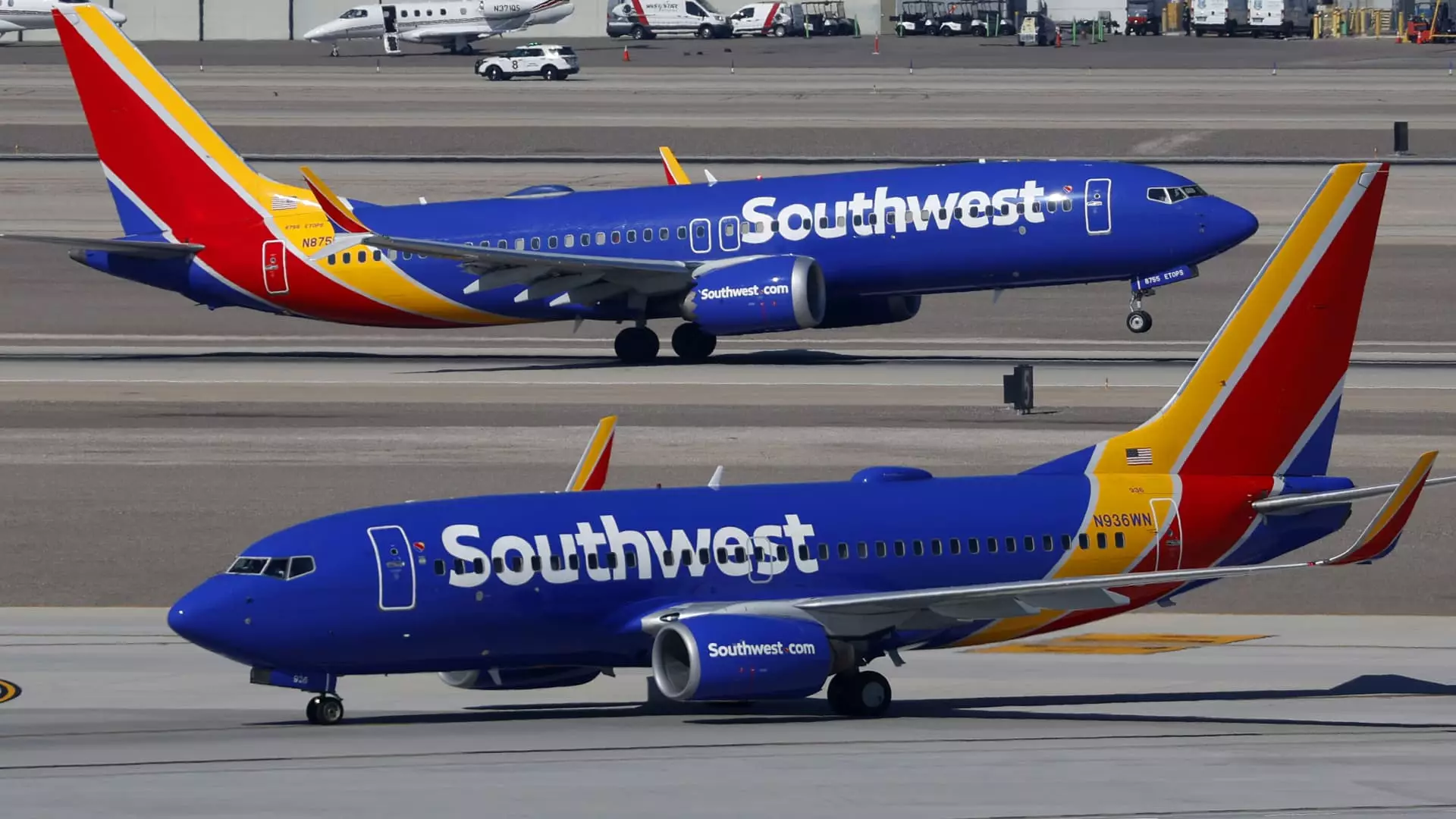For over half a century, Southwest Airlines has championed a distinct philosophy—championing the open seating policy that fostered a sense of spontaneity and egalitarianism among travelers. This policy, paired with its renowned signature of two free checked bags, became a cornerstone of its brand identity. Now, in a move that signals a dramatic shift in its core values, Southwest is eliminating this tradition, transitioning to a system of assigned seating beginning January 27. This decision, though presented as a strategic business decision, reflects a deeper shift in the airline’s approach—prioritizing profit over customer-centric practices that once set it apart from competitors.
While some may argue that assigned seating can streamline boarding and improve operational efficiency, it fundamentally alters the passenger experience. The laissez-faire culture that made Southwest appealing—the frantic rush to secure a favorite seat, the social camaraderie in the boarding lines—will soon become relics of the past. This change isn’t merely a factual adjustment; it marks a philosophical pivot from a traveler’s airline to a more commercially calculated enterprise. The sense of chaos and unpredictability that a passenger enjoyed is now being replaced with structured order, with unclear implications for customer loyalty and the brand’s identity.
Profit-Driven Reorientation in a Competitive Market
Southwest’s decision isn’t happening in a vacuum. The airline industry is more cutthroat and profit-focused than ever before, with legacy carriers and low-cost rivals pushing aggressively for market share. Southwest’s move to introduce assigned seating, combined with new fees for checked bags and layered fare classes, reveals a concerted push toward diversified revenue streams. It’s an acknowledgment that to survive—and thrive—in a market where consumers are increasingly scrutinizing every dollar, Southwest must adopt practices that maximize earning potential.
The airline boldly predicts that these changes will add hundreds of millions of dollars to its earnings. But such optimism must be tempered with skepticism. Moving away from its foundational policies risks alienating the very customers who once flocked to Southwest precisely because of its transparency, affordability, and simplicity. Whether these new revenue strategies hurt customer loyalty in the long run remains to be seen, yet the airline’s emphasis on maximizing profit suggests it is willing to gamble with its core brand values.
A Calculated Gamble on Customer Loyalty and Efficiency
Southwest’s foray into assigned seating is a calculated attempt to harmonize operational efficiency with customer loyalty programs, especially targeting frequent flyers and premium customers. The new boarding process, which ranks passengers based on their loyalty tiers and fare class, is designed to create a streamlined experience that benefits high-value customers. This approach, while logical from a revenue management perspective, introduces a new hierarchy among passengers—something that could undermine the airline’s reputation for equitable treatment.
Moreover, the introduction of variable seat prices—standard, preferred, extra-legroom—mirrors the strategies employed by other industry giants but with a twist. Southwest’s slight advantage has always been its transparency, but now it appears to be layering complexity onto its pricing model. Customers are expected to pay more for seat preferences, potentially discouraging spontaneous or budget-minded travelers, thereby narrowing its audience.
The rejection of the open-seating policy also implies a shift in the social fabric of Southwest’s flights—no longer will passengers race to claim the best seat, but rather, they will depend on pre-selected assignments, which could diminish the fun and camaraderie of the boarding experience. While some patrons may appreciate the predictability, many will see this as a loss of the airline’s distinctive charm. The question remains whether this move is a forward-looking strategy that guarantees financial growth or an unnecessary dilution of Southwest’s original identity.
Strategic Implications: Risks, Rewards, and the Future
Ultimately, Southwest’s pivot reflects a broader tension within the airline industry: balancing innovation with tradition, profitability with brand integrity. While the new assigned seating system potentially offers operational benefits and new revenue streams, it does so at the cost of the airline’s long-standing cultural appeal. The move might make sense from a corporate standpoint, but whether it yields sustainable customer loyalty or results in a net profit remains uncertain.
If the airline’s leadership is banking on that $800 million in anticipated added earnings, it should also be wary of alienating customers who viewed Southwest as a refuge from the high fees and rigid policies of its competitors. This gamble of balancing efficiency with consumer goodwill is a perilous tightrope walk. Whether Southwest can reinvent itself without losing the essence that made it a beloved airline will ultimately determine if this aggressive overhaul is a masterstroke or a costly misstep.

